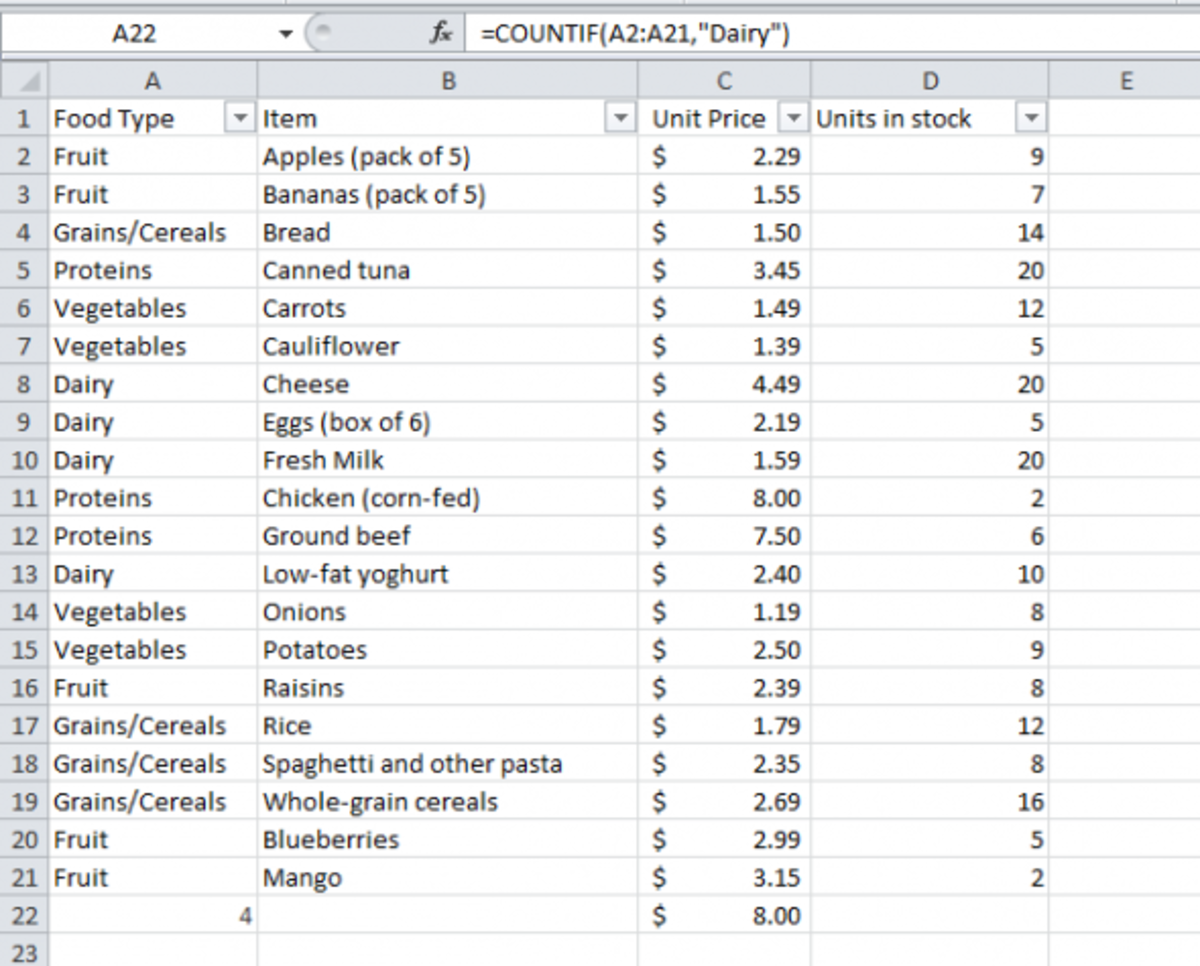

Click the data labels, bold them, and make the font white. Right click on the chart, add data labels, format as a percentage.Go to chart design, change colors, and select the blue gray pattern.Click on the product types and bold them.We will make the following changes to the chart: The tabs are “Chart Design” and “Format” and will help you with changes.

Also note that when you select a chart, two additional tabs are added to the ribbon. You can click on the gridlines to remove them, the axis to adjust the scale, the bars to change the color scheme, really anything you want. To adjust the formatting, you can click on any part of the chart that you want to edit. That said, you will often want to tweak the formatting for personal preference or company brand standards. This was what Excel’s first crack at it looked like: Step 3: Format the ChartĮxcel will create the chart with default formatting, doing its best to scale, label, and make the chart readable. Once you have highlighted the range, insert a standard pie chart following the instructions above. Excel will automatically pull in the headers for you. Make sure to pull in only the headers for product type or region as a pie chart can only work with one set of headers. To insert a chart, you first need to highlight the data range. For our example, we will look at sales volume by product by region for a full year period. Example – Sales Volume by Product or Region: Step 1: Layout data setįirst, you will need the data set to include in the chart. I’d recommend sticking to 2D charts versus 3D until you feel comfortable. We will walk through this in more detail in the example. You will need to apply the chart to an existing data set. There are subset versions of the pie chart to show extra detail, along with a 3D pie chart and a doughnut chart. Once you are on the Insert tab, select the pie charts dropdown (icon of a pie). How to Insert a ChartĬharts can be found on the Insert tab of the ribbon. Each slice can be a region adding up to total sales. Or, let’s say that you want to look at sales by region. This is perfect for a pie chart! Each product will be one slice of the total product sales. Let’s say that you want to show sales product mix. Let’s think about this in a business context. Each slice represents an individual category and its percentage of a whole. What is a Pie Chart?Ī pie chart is a circular graphic divided into slices. Let’s walk through what a pie chart is, how to insert it, and an example to put it into practice. Pie charts look complex but are super easy to create in Excel.


 0 kommentar(er)
0 kommentar(er)
